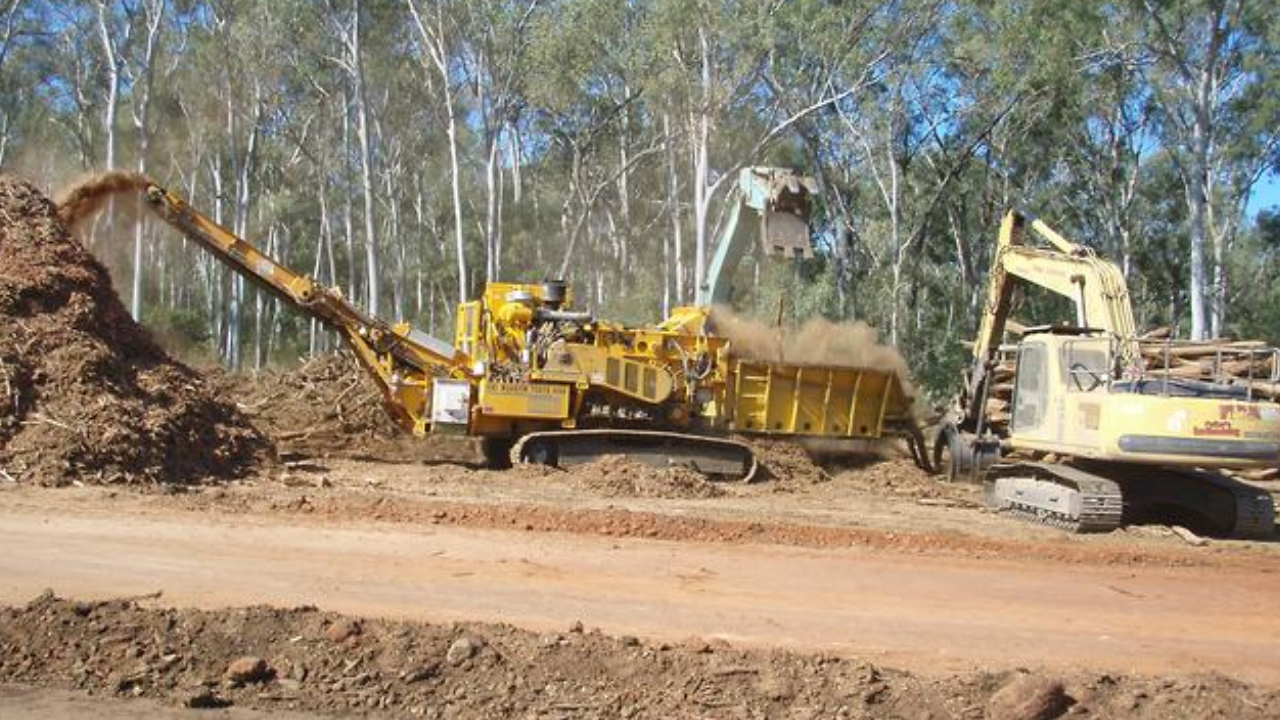In wood recycling, tub grinders are powerful and essential machines that transform raw wood materials into valuable resources. These robust machines play a pivotal role in processing wood waste, from branches and stumps to whole trees, contributing to sustainability efforts and the efficient use of natural resources.
The affordability of their wear parts, coupled with the option for customization, positions JYF Machinery more items… as a reliable partner for tub grinder operators seeking longevity and efficiency in their equipment. In this exploration, we delve into the world of tub grinders, unraveling their operational principles and highlighting the primary features to consider when seeking the ideal machine for wood recycling needs.
Is JYF Machinery Elevating Tub Grinder Performance?”
JYF Machinery’s commitment revolves around providing customers with high-quality, reliable wear parts that fit seamlessly into their tub grinder machines. The range of tools produced by JYF Machinery includes grinder tips, teeth hammers, holders, and more, addressing the diverse needs of tub grinder operators.
The manufacturing processes employed by JYF Machinery leverage the latest technologies, such as cold and hot forging, CNC machining center operations, brazing hard alloy, and hard alloy particle surfacing. These advanced techniques ensure the production of top-quality tools capable of withstanding the rigors of tub grinder operations.
The Essence of Tub Grinders:
At the core of a tub grinder’s identity is its distinctive design, which is characterized by a large round tub. This tub, typically 10 to 14 inches in diameter and around 6 inches deep, is the primary processing unit. The large tub provides ample space for feeding raw wood materials, setting tub grinders apart from other wood processing equipment.
Most tub grinders are powered by diesel engines, showcasing their capability to handle heavy-duty tasks in demanding environments. However, in some rare cases, electrically powered options can be found. The choice of power source often depends on factors such as the scale of operations, availability of fuel, and environmental considerations.
One of the defining features of tub grinders is their remarkable horsepower, ranging from the 200s to an astonishing 1200 in the largest models. The horsepower is a metric of the machine’s strength and ability to process large volumes of wood waste efficiently. The higher the horsepower, the more substantial the processing capacity, making it a critical consideration for operators.
Operational Principles of Tub Grinders:
The operational principle of a tub grinder revolves around a cylindrical-shaped hammer positioned at the bottom of the tub. This hammer serves as the primary grinding mechanism, breaking down raw wood materials into smaller, more manageable sizes.
Regardless of the brand, whether it’s an Olathe tub grinder, Diamond Z tub grinder, Toro tub grinder, or any other, the fundamental principle remains consistent. Complementing the cylindrical hammer are the tub grinder teeth, which play a crucial role in the grinding process.
These teeth effectively shred and break down wood chips into smaller particles. The design and quality of these teeth contribute significantly to the overall efficiency and performance of the tub grinder.
Primary Features to Consider:
When evaluating a tub grinder, the dimensions of both the tub and the hammer mill emerge as critical considerations. A larger tub facilitates easier feeding of raw materials, resulting in increased production. The correlation between tub and hammer mill size is vital, as the efficiency of the grinding process depends on these dimensions. Ensuring that both the top and bottom diameters of the tub are sufficiently large is essential for optimal performance.
The horsepower rating of a tub grinder is a key determinant of its processing capacity. Operators must carefully assess their needs and the scale of their wood recycling operations to choose the appropriate horsepower. While a higher horsepower provides more substantial processing capabilities, it’s essential to strike a balance based on operational requirements and efficiency.
Efficient loading is integral to the operation of a tub grinder, and the presence of a grapple mechanism enhances this aspect. A mounted grapple provides a convenient solution for loading raw materials onto the machine. This proves particularly advantageous in scenarios where additional loaders or excavators may be deemed expensive or inconvenient. A well-designed grapple significantly improves the overall functionality and efficiency of the tub grinder in grinding sites.
Conclusion
Tub grinders play a crucial role in the wood recycling industry, transforming raw wood materials into valuable resources. Understanding the operational principles, distinctive features, and key considerations for choosing a tub grinder is essential for operators aiming to optimize their wood recycling processes.
